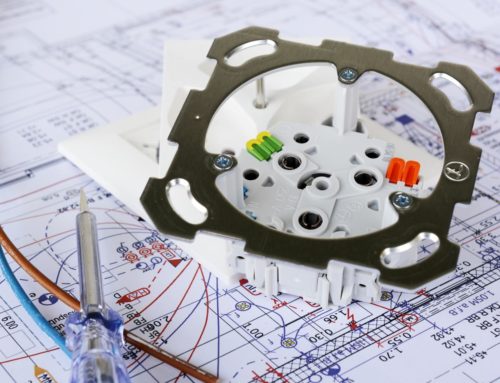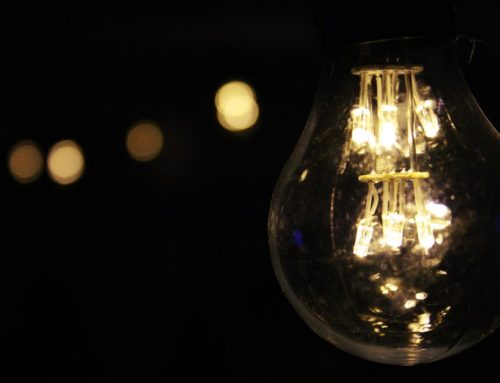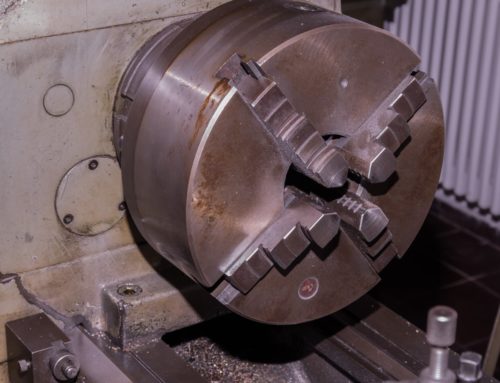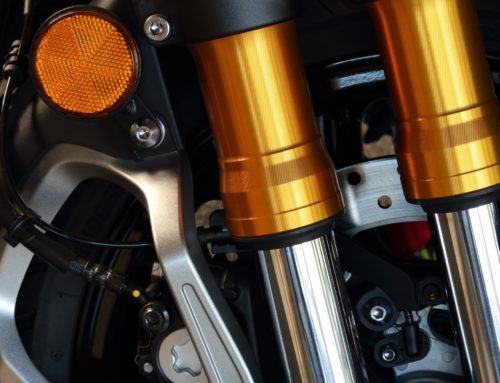It’s incredibly common to find electric motors in the manufacturing industry. What’s more, electrical engineers are extremely familiar with electric motors. But it’s common for consumers and non-electrical engineers still believe in a few myths about these motors and their efficiency. In this post, we’ll be sharing the top four common electric motor myths and busting them so that you can be sure you know exactly how these motors function.
Four Electric Motor Myths
It’s important to know how electric motors actually work so that when you decide to install a DC injection brake, you can do so properly. Here are the four most common electric motor myths:
Myth # 1- High Operating Temperatures Do Not Affect Electric Motors
Truth: Each electric motor, when properly designed, falls into specific insulation classes. The designated class categorizes motors based on their maximum ambient operating temperature and assigns them a rating. The rating accounts for level of load and threshold temperature the motor needs to stay beneath while in operation. In general, for every 18 degrees Fahrenheit above this threshold the electric motor rises, it cuts the motor’s life in half.
Myth #2 – High Start-Stop Frequency Does Not Affect Motor Negatively
Truth: Electric motors are not designed for frequent starts, as it decreases its operational lifespan significantly. The initial rush of energy generation produces heat. This heat then places stress on the motor. Although this heat typically dissipates while the motor is running, the lack of time between starts does not allow the motor to completely shed the extra heat. This pushes the motor’s operation temperature to or over its maximum threshold too often, which shortens its operational lifespan.
Myth #3 – Power-Factor Corrections Save Energy
Truth: Power-factor corrections reduce energy use by a small amount. The amount is negligible in the grand scheme of motor operation. Unless the utilities require power-factor corrections or impose a fee for having low power factors, utilizing this feature in your electric motor will not affect your bill enough to be worth the effort. Furthermore, there are several factors on-site that affect the amount of energy saved from power-factor correction, including the length and type of conductors, the placement of the power-factor-correction equipment, and the electric loads already connected to your meter. Typically, it’s uncommon to see electrical energy savings exceed two percent.
Myth #4 – Big Electrical Motors Utilizing Soft-Start Equipment Cuts Utility Demand
Truth: You will find that soft-start will lower your utility bill, but it won’t decrease your demand charges. An “inrush” of current is pulled when motors start. In most cases, this “inrush” is five to six times the motor’s full-load running current, and it creates heat. If you didn’t already know, heat is an electrical motor’s enemy. With this in mind, soft-start applications increase voltage-application to the motor, which leads to less heat buildup over time. This leads to an extended motor lifespan, in particular motors that have frequent starts and stops.






